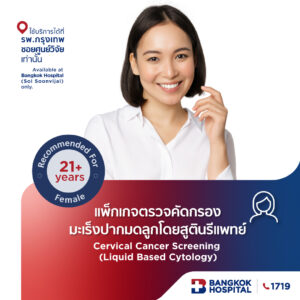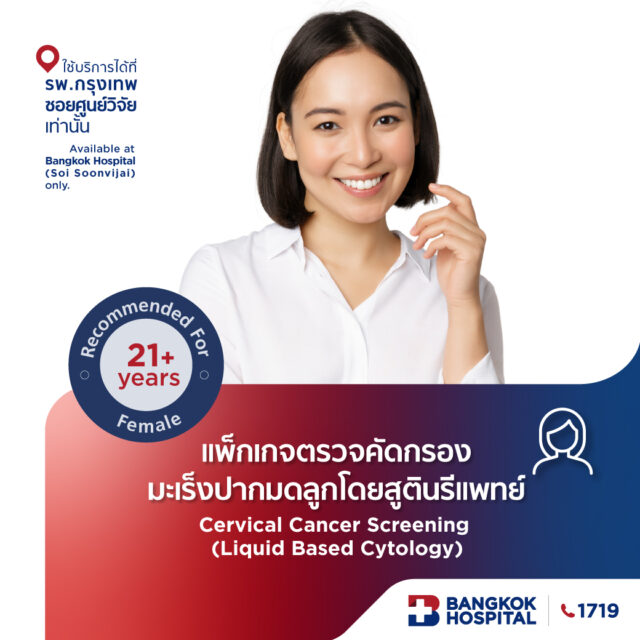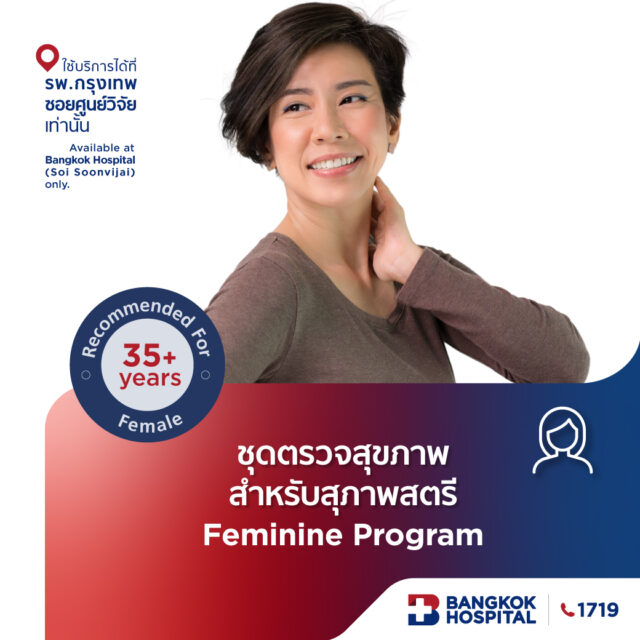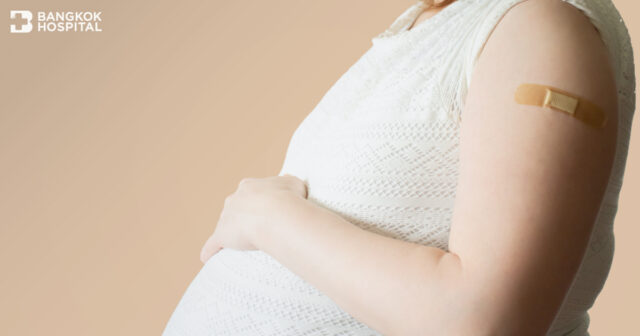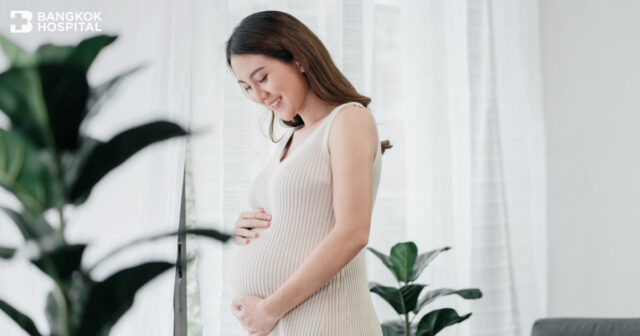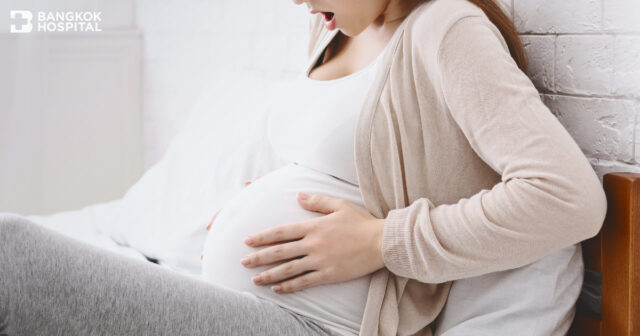Painful menstruation should not be overlooked as it may be a sign of an illness. Endometriosis is a kind of disorder in which tissues that normally lines the inside of a uterus grows outside the uterus. This can cause pain especially during your periods. Fortunately, there are effective treatments available.
What is endometriosis?
Endometrium is the tissue that makes up the uterine lining. Endometriosis is a condition in which this tissue is present on other organs inside your body. It is usually found on the ovaries, fallopian tubes, the surface of the uterus, and bladder wall. Displaced tissue continues to act as it normally would – thickens, breaks down, and bleeds with each menstrual cycle. As this tissue has no way to exit your body, it becomes trapped and the surrounding tissues can become irritated developing scar tissues and adhesions.
Causes
Retrograde menstruation is one of the causes of endometriosis. Menstrual blood containing endometrial cells flows back through fallopian tubes and into the pelvic cavity. These displaced endometrial cells are deposited in unusual locations. These lesions are commonly found in the ovaries, fallopian tubes, lining of pelvic cavity, and cervix. The displaced tissue can also be found on lining of the bladder and the bowel wall.
Common locations
Endometriosis is commonly found on:
- Ovaries (also called chocolate cysts) – caused by retrograde menstruation. The contents of the cyst are black, tarry, and thick. The cyst will get bigger when stimulated by menstrual hormones.
- Adenomyosis – Endometrial tissue grows into the uterus muscle damaging the uterine wall. There are 2 types of adenomyosis. The first type grows in one particular site of the uterus and the second type spreads throughout the uterus.
Signs and Symptoms
- Painful periods – Pelvic pain and cramping may begin before your period and extend several days into your period
- Spotting or no periods
- Pelvic pain before, during, and after menstruation
- Pain with bowel movements
- Pain with intercourse
- Infertility
Diagnosis
- Patient history and physical examination
- Pelvic exam and laboratory investigations
- Ultrasonography by a gynecologist
- MRI if needed
Treatment
Treatment of endometriosis depends on the severity of the symptoms and whether the patient intends to become pregnant.
- Medications – nonsteroidal anti-inflammatory drugs (NSAIDs) to help ease painful menstrual cramps
- Hormone therapy – Oral contraceptive pills, contraceptive injections, and vaginal rings help control the hormones responsible for the buildup of endometrial tissue
- Surgery – Laparoscopic surgery is less invasive. The surgical wound will be only small cuts (less than 6 cm). The surgical treatment also includes minilaparotomy myomectomy and abdominal myomectomy.
Patients with previous abdominal surgery or abdominal adhesions are suitable candidates for laparoscopic surgery, as this treatment option can reduce complications and risks.
Chocolate cyst and infertility
Patients with chocolate cyst can still get pregnant and the symptoms of the condition will get better during the pregnancy, as the hormone level will decrease until 3-6 months after delivery. When a chocolate cyst is not stimulated by menstrual hormones, it might shrink and go away on its own. However, there is a risk of it recurring.
Endometriosis is hereditary. Women with a family history of endometriosis are more likely to have daughters who suffer from the disease too. Therefore, it is important to have an annual pelvic examination. In addition, if you experience any abnormal symptoms, you should consult a doctor immediately.


